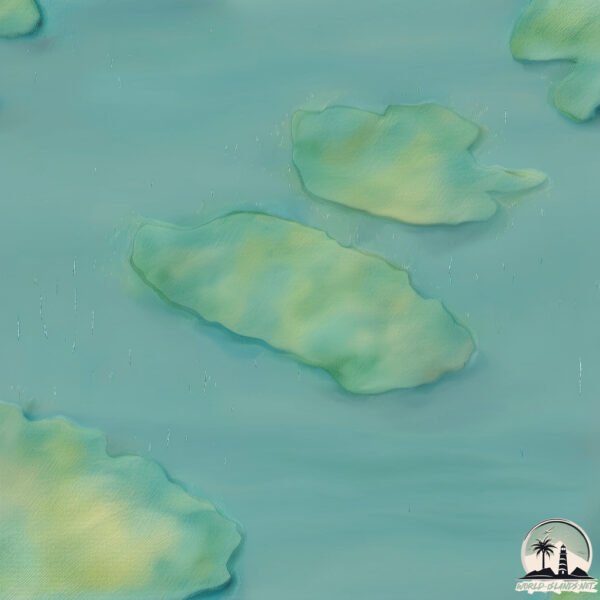Welcome to Vank , a Continental island in the The Coastal Waters of Southeast Alaska and British Columbia, part of the majestic Pacific Ocean. This guide offers a comprehensive overview of what makes Vank unique – from its geography and climate to its population, infrastructure, and beyond. Dive into the details:
Geography and size of Vank
Size: 12.1 km²Coastline: 20.4 kmOcean: Pacific OceanSea: The Coastal Waters of Southeast Alaska and British ColumbiaContinent: North America
Vank is a Medium Island spanning 12 km² with a coastline of 20 km.
Archipel: Alexander Archipelago – A group of about 1,100 islands off the southeast coast of Alaska, USA, known for their temperate rainforests and indigenous Tlingit culture.
Tectonic Plate: North America – Covers North America and parts of the Atlantic and Arctic Oceans, characterized by diverse geological features and varying levels of seismic activity.
The geographic heart of the island is pinpointed at these coordinates:
Climate and weather of Vank
Climate Zone: ContinentalClimate Details: Warm-Summer Humid Continental ClimateTemperature: Warm Summer
Climate Characteristics: Features warm summers and cold winters with consistent precipitation, common in higher latitudes.
Topography and nature of Vank
Timezone: UTC-09:00Timezone places: America/AnchorageMax. Elevation: 184 m Mean Elevation: 85 mVegetation: Evergreen Needleleaf ForestTree Coverage: 90%
The mean elevation is 85 m. The highest elevation on the island reaches approximately 184 meters above sea level. The island is characterized by Plains: Flat, low-lying lands characterized by a maximum elevation of up to 200 meters. On islands, plains are typically coastal lowlands or central flat areas.
Dominating Vegetation: Evergreen Needleleaf Forest
Vegetation: 4 vegetation zones – Diverse Island
Infrastructure and Travelling to Vank
Does the island have a public airport? no .
Does the island have a major port? no .
The mean population of Vank is 0 per km². Vank is Uninhabited. The island belongs to United States of America .
Continuing your journey, Woronkofski is the next notable island, situated merely km away.
DG SDA Church's Mission trip to Camp Lorraine on Vank Island in Wrangell, Alaska
Photos courtesy of Rosane Pain & Pastor Ira Bartolome Music performed by campers at Camp Lorraine.
DG SDA Church's Mission trip to Camp Lorraine on Vank Island in Wrangell, Alaska
Photos courtesy of Rosane Pain & Pastor Ira Bartolome Music performed ...
Photos courtesy of Rosane Pain & Pastor Ira Bartolome Music performed by campers at Camp Lorraine.
The Vank Island Story 2020
A quick video on our year at Vank Island. There have been alot of no ...
A quick video on our year at Vank Island. There have been alot of no gos but we rejoice anyways. Learn more about Vank ...
Puffin Bank Cam - Skomer Island Livestream
Our new and improved webcams provide real-time, high-quality footage ...
Our new and improved webcams provide real-time, high-quality footage of Skomer Island's most iconic residents. Our cameras ...
United States of America is classified as Developed region: G7: Group of Seven – Major advanced economies, including Canada, France, Germany, Italy, Japan, the United Kingdom, and the United States. The level of income is High income: OECD.
News – Latest Updates and Headlines from Vank
Stay informed with the most recent news and important headlines from Vank. Here’s a roundup of the latest developments.
Loading...
Please note: The data used here has been primarily extracted from satellite readings. Deviations from exact values may occur, particularly regarding the height of elevations and population density. Land area and coastline measurements refer to average values at mean high tide.

